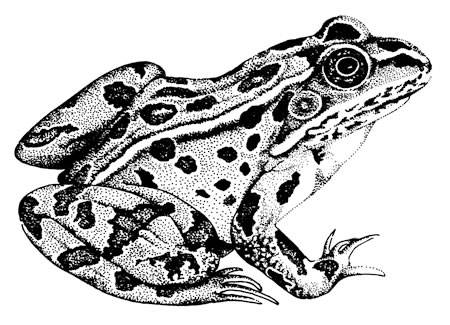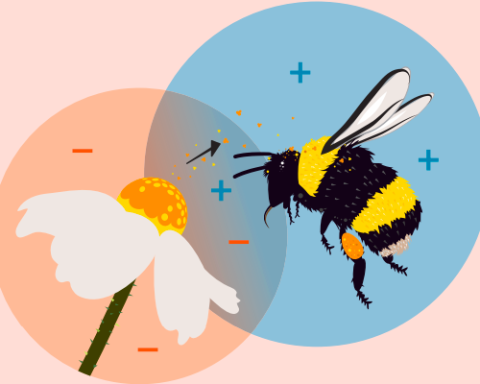Marjorie Harris
Species at Risk Partnerships on Agricultural Lands and Critical Habitat Protection
Good News! Environment Canada has rolled out a new initiative aimed at protecting critical habitat for endangered species on commercially farmed agricultural lands. This is great for those species that took eons to adaptively evolve for just those particular critical habitats that are being threatened. The Species at Risk Partnerships on Agricultural Lands (or SARPAL, since that’s a bit of a mouthful) initiative may also help to support organic farmers who are conscientiously implementing the Environmental Guidelines in British Columbia Certified Organic Production Operation Policies and Management Standards Section 7, Book 2 Version 10: Environmental Protection Guidance:
Organic operators should adhere to the strictest possible management program in order to protect and enhance soil and water quality in the environment. Organic farmers, and others in the trade, have a commitment to environmental protection.
This is a basic principle of the organic movement and must be respected before all other considerations.
The theory of evolution developed by the 19th century English naturalist Charles Darwin was based on the premise of natural selection. Organisms are naturally selected for survival, competition, and reproduction by acquiring small, inherited adaptations over many gen- erations spanning millenia.
In today’s world, organisms are faced with a succession of environmental challenges from habitat loss to fatal and mutagenic toxins as they grow and develop.
With the rapid pace of current imposed environmental challenges, the adaptive plasticity of most organisms becomes overwhelmed and they are placed on a path to extinction. SARPAL may help to restore breeding habitat by assisting with costs associated with developing and implementing species at risk protection on agricultural lands.
The new initiative to protect critical habitat is funded by the federal government through the National Conservation Plan under the SARPAL umbrella program. The species being targeted have to be listed on the federal Species at Risk Act (SARA). SARPAL will include two phases:
- A 5 year pilot/‘proof-of-concept’
- An on-going implementation phase
The on-going implementation phase will focus on achieving protection of the species at risk on agricultural lands in ways that will ideally benefit both species and producers.
Currently, demonstration projects have been set out with the assistance of the BC Cattleman’s Association. The demonstration projects are focusing on two ranch land habitat species: the Yellow-breasted Chat and Lewis’s Woodpecker. The recovery strategy includes identifying critical habitat geographically and assessing the environmental features such as plants, water, and needs of the species to live and reproduce.
Funding is available to pay for the infrastructure to establish Best Management Practices (BMP) that protect the endangered species’ critical habitat and a Stewardship Agreement may be entered into that benefits the landowner and the species at risk.
The Yellow-breasted Chat
Scientific Name: Icteria virens auricollis
Only 40 breeding pairs are currently known of in the Okanagan/Similkameen region. The Yellow-breasted Chat prefers woodland riparian zones composed of dense tickets of wild rose and ooded oxbows.
Recovery Plan Best Management Practices:
- Protect nesting area by improving fencing and adding cross fencing to exclude livestock from accessing the riparian zone
- On-going maintenance for fencing
- Restore some water ow to marsh lands and re-flood oxbows
- Control invasive plants
- Install alternative watering facilities for livestock (troughs)
- Develop public education material.
- Reduce livestock grazing in riparian zones known to have Yellow-breasted Chat
If you are interested in this program or want more information on SARPAL, contact Danielle Prevost, Environment Canada: Danielle.Prevost@ec.gc.ca
Marjorie Harris, BSc, IOIA V.O., P. Ag. Email: mar- jorieharris@telus.net
“Let food be thy medicine and medicine be thy food.” – attributed to Hippocrates







